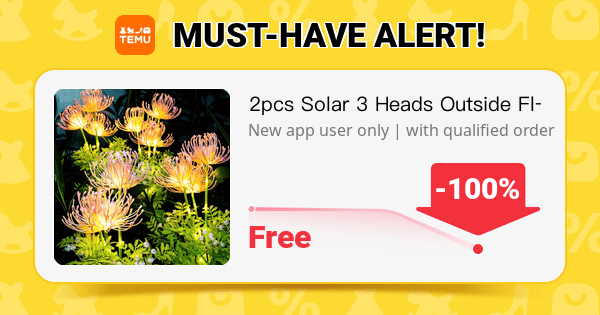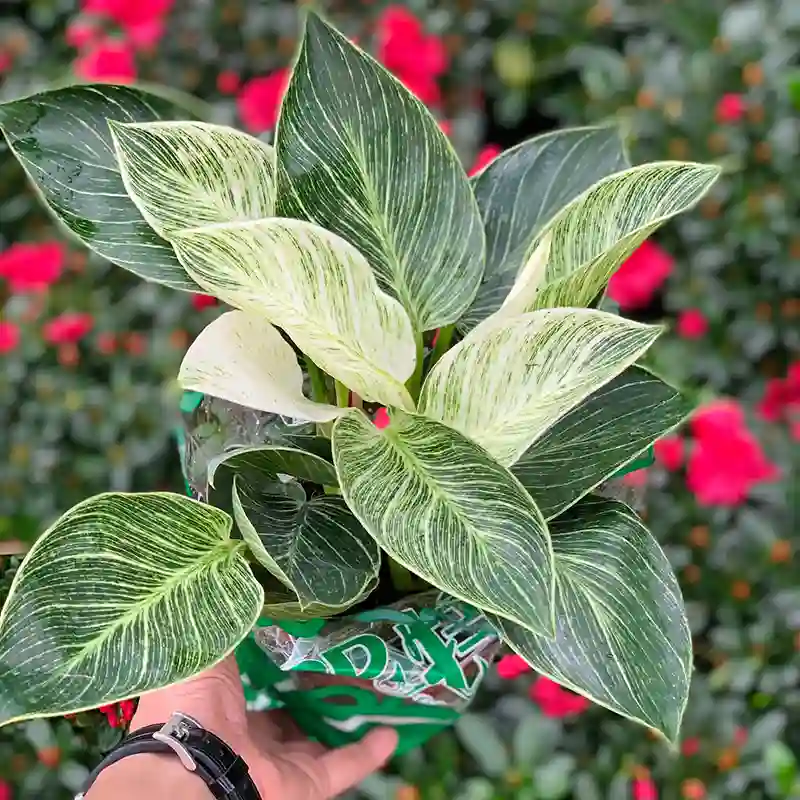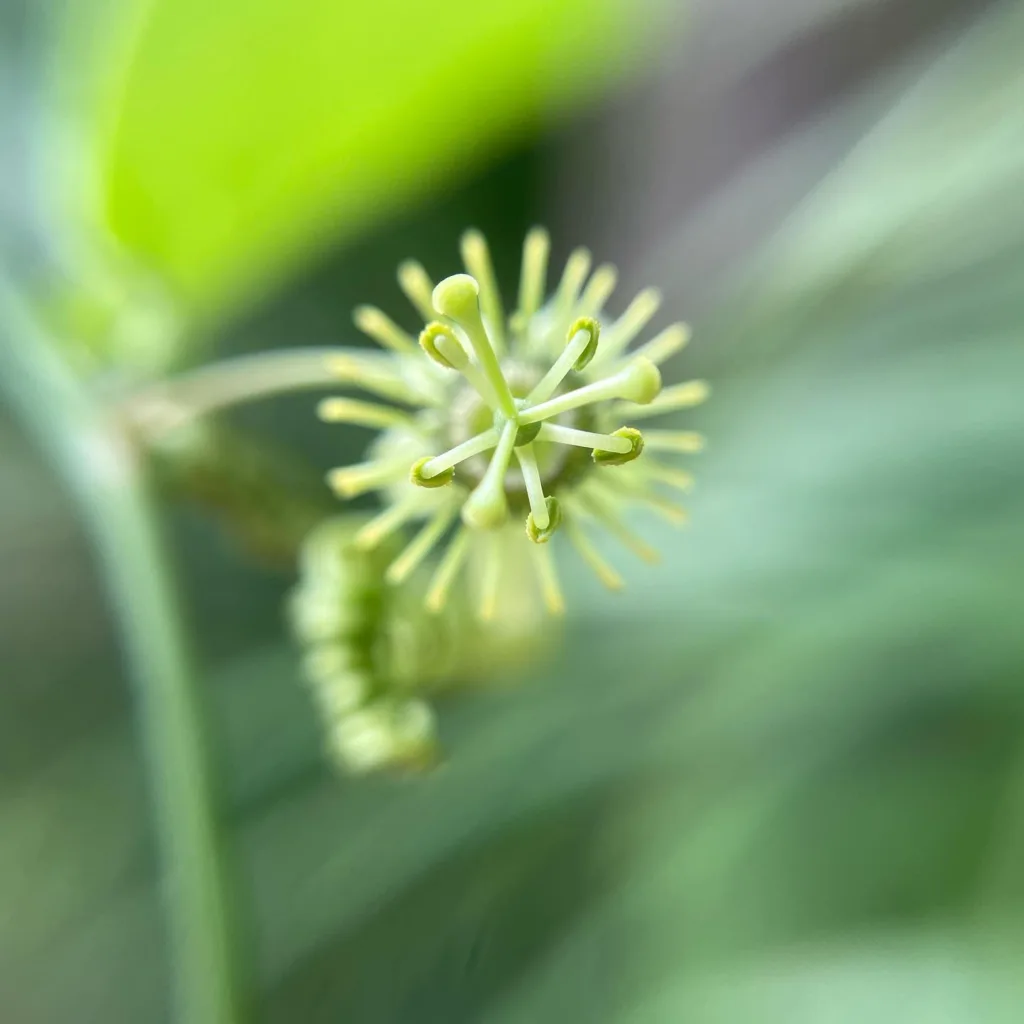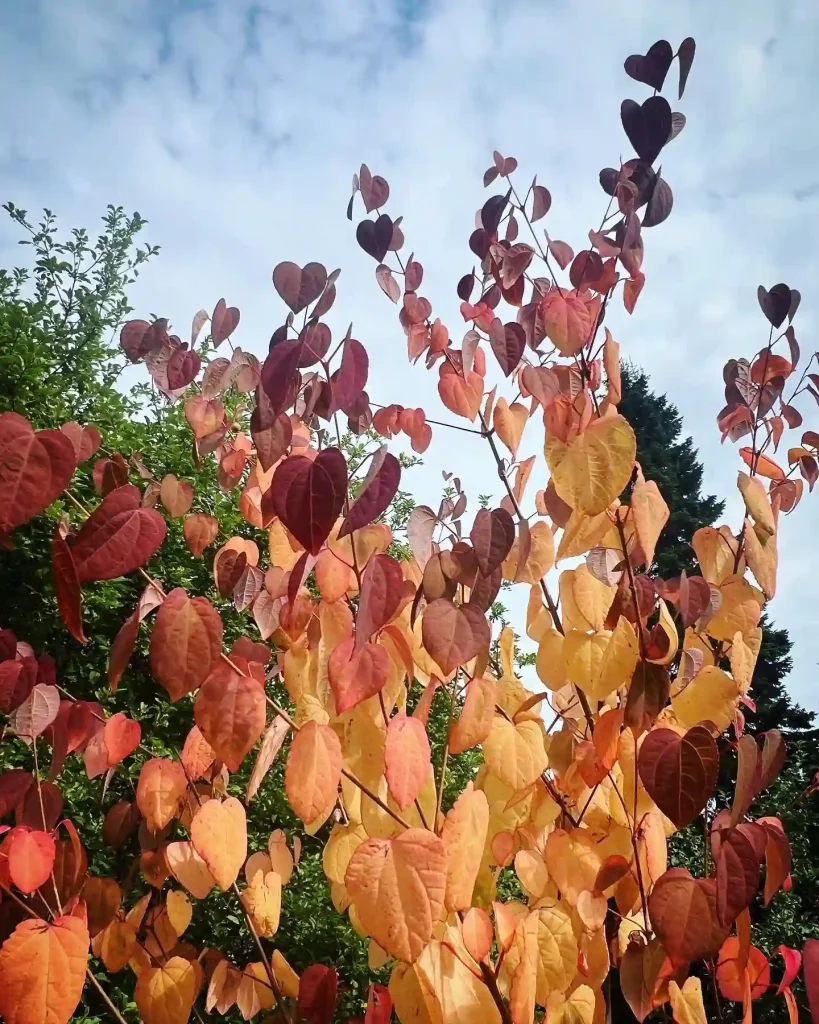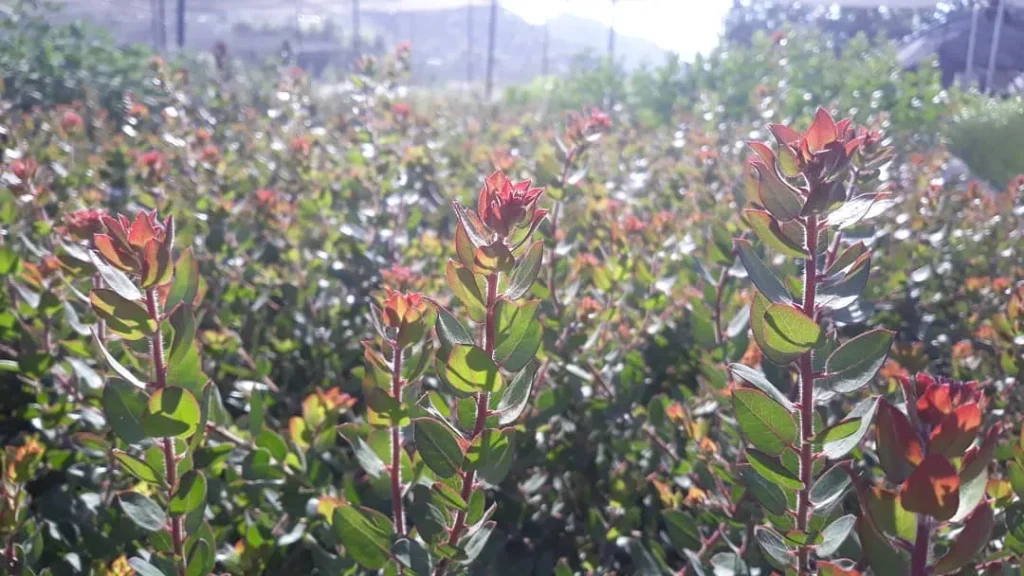Platycerium Ellisii: Unveiling the Stag Horn Fern’s Secrets
Hi there, Ferb Vu here! Today, we’re diving deep into the fascinating world of the Platycerium Ellisii, also known as the Staghorn Fern. This epiphytic wonder has captured the hearts of plant enthusiasts with its unique form and captivating beauty.
Whether you’re a seasoned plant parent or a curious newcomer, this FAQ will equip you with all the knowledge you need to cultivate a thriving Platycerium Ellisii.
What is Platycerium Ellisii?
The Platycerium Ellisii is a fern native to Southeast Asia, particularly in regions like the Philippines and Indonesia. It belongs to the Polypodiaceae family, sharing kinship with other popular ferns. Unlike typical ferns that sprout from soil, this epiphyte thrives by attaching itself to trees or other structures in its natural habitat.
What Makes Platycerium Ellisii Special?
The Platycerium Ellisii boasts a captivating appearance. It has two distinct types of fronds:
- Shield fronds: These sterile fronds are round and emerge in a vibrant yellow-green hue. They boast a waxy coating and grow in a rosette-like pattern, forming a protective shield around the plant’s base.
- Fertile fronds: These fronds are thinner and appear later in the season. They unfurl in a forking pattern and showcase the fern’s reproductive structures.
One unique characteristic of Platycerium Ellisii is the gap that develops between the shield fronds as the plant matures. This space can reach up to an inch and plays a crucial role in moisture retention.
Platycerium Ellisii vs. Other Staghorn Ferns:
The world of Staghorn Ferns is diverse, with Platycerium Ellisii being just one captivating member. Here’s a quick comparison with two other popular Staghorn Ferns:
- Platycerium bifurcatum (Elkhorn Fern): This fern is known for its deeply forked fertile fronds, resembling elk antlers. Both Platycerium Ellisii and Platycerium bifurcatum share similar care requirements.
- Platycerium Alcicorne (Moosehorn Fern): This majestic fern boasts larger shield fronds compared to Platycerium Ellisii. While both require good air circulation, Platycerium Alcicorne thrives in slightly cooler temperatures.
How to Care for Your Platycerium Ellisii?
Providing the right environment is key to a flourishing Platycerium Ellisii. Here’s a breakdown of its essential needs:
- Light: This fern prefers bright, indirect light. Avoid harsh midday sun, as it can scorch the fronds.
- Watering: Platycerium Ellisii enjoys consistent moisture but dislikes soggy conditions. Soak it thoroughly and allow it to dry slightly between waterings.
- Humidity: As an epiphyte, it thrives in high humidity levels (above 70%). Consider using a humidifier or misting regularly.
- Temperature: Aim for moderate temperatures between 18-29°C (64-84°F). Avoid drastic temperature fluctuations.
- Mounting: Replicate its natural habitat by mounting your Platycerium Ellisii on a piece of wood, cork bark, or a coconut husk. Secure it firmly with fishing line or wire until the roots establish themselves.
Additional Tips for Platycerium Ellisii Success:
- Fertilization: Use a weak, diluted fertilizer specifically designed for ferns during the growing season (spring and summer).
- Repotting: Repotting isn’t necessary unless the mount deteriorates or the plant outgrows its space. Choose a slightly larger mount for repotting.
- Pests and Diseases: Scale and mealybugs can occasionally bother your Platycerium Ellisii. Use insecticidal soap or neem oil for treatment. Fungal diseases due to overwatering are a possibility. Ensure proper drainage and air circulation to prevent them.
Conclusion:
The Platycerium Ellisii is a captivating addition to any plant collection. With its unique form and relatively easy care requirements, it’s a rewarding choice for both beginners and experienced plant enthusiasts. By following these tips and providing the right environment, you can witness your Platycerium Ellisii flourish for years to come.
